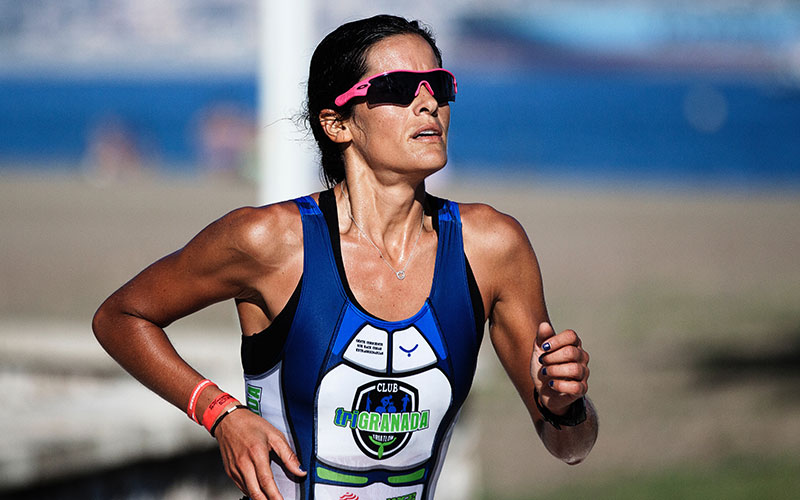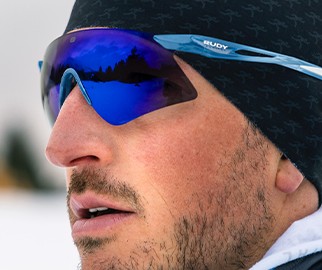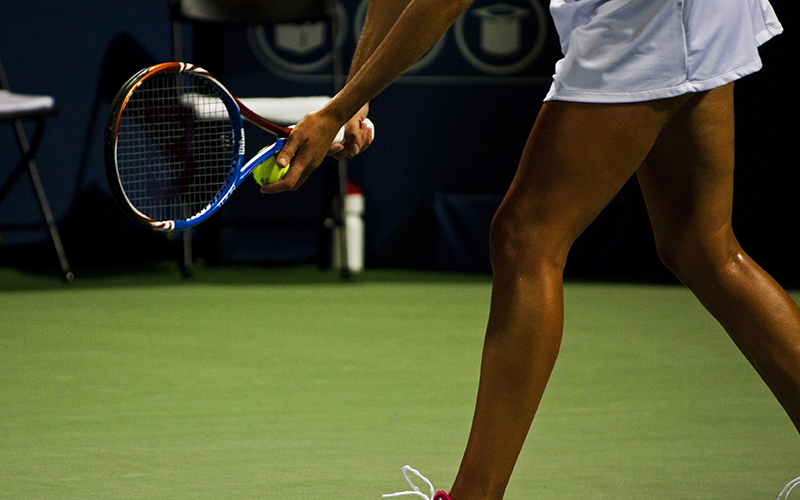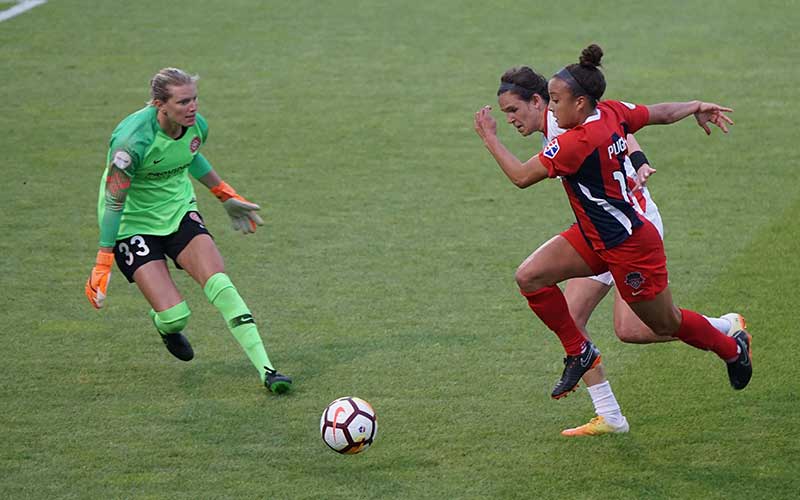Brought to you by the American Optometric Association:
Dynamic Visual Acuity
If you are playing a sport like squash, tennis, rugby, soccer or hockey, it is important that you be able to clearly see objects while you and/or the objects are moving fast. Without good dynamic visual acuity, you are going to have a difficult time in sports like these.
To improve dynamic visual acuity, cut different size letters out of a magazine and stick them on a stereo turntable and try to identify them (from about arm’s length) at 33, 45 and 78 rpms. As it gets easier, use smaller letters.
Visual Concentration
When you commit an error on an easy ground ball or miss a short putt, it may be that you are distracted by things that are happening around you. Our eyes normally react to anything that happens in our field of vision….spectators, other participants and even the wind blowing leaves on an overhanging branch. Visual Concentration is the ability to screen out these distractions and stay focused on the ball or the target.
To improve your concentration, practice your sport while a friend is standing nearby waving his or her arms and moving at erratic intervals. You can also practice in a darkened room with a strobe light pulsating slowly. These exercises can help your eyes to remain fixed on their target in spite of other movement around you.
Eye Tracking
When you are playing any sport with a ball or a fast moving opponent, it is important that you be able to follow objects without much head motion. Eye tracking helps you maintain better balance and react to the situation more quickly.
One way to improve eye tracking is to keep a book balanced on your head while following the flight of a ball or object that is thrown or hit.
With the book on your head, you can also follow a softball as it rolls slowly around the inside of a Frisbee. After you master the softball, replace it with a faster moving cricket ball and then an even faster moving golf ball.
Eye-Hand-Body Co-ordination
Eye-Hand-Body Co-ordination is how your hands, feet and body and other muscles respond to the information gathered through your eyes. It is an important part of most sports because it affects both timing and body control.
To improve your eye-hand-body co-ordination, try jumping up and down on an old mattress while someone tosses a tennis ball to you from a variety of unpredictable angles. Catch it and toss it back.
You can also paste a small target on a stereo turntable and try to accurately touch the target with a pointer at speeds of 33, 45 and 78 rpm. As you improve, you can make the target smaller.
Visual Memory
When you are pushing a fast break up the basketball court, leading a rush up the ice in hockey, or catching the big wave amid a crowd of surfers, you need to process and remember a fast moving, complex picture of people and things. This is called visual memory. The athlete with good visual memory always seems to be in the right place at the right time.
To improve your visual memory, try paging through a magazine, glancing briefly at each visually complicated ad or illustration, then turning the page and reconstructing the images from memory. When this becomes easy, wait 5 seconds (then 10, etc.) before starting to reconstruct the image.
Visualisation
Picture yourself hitting a perfect drive…long and right down the middle of the fairway. Believe it or not, picturing yourself doing it can actually help you do it. Visualization is the skill that enables you to see yourself performing well in your “mind’s eye” while your eyes are seeing and concentrating on something else, usually the ball. Using scanning techniques, researchers have found that the same areas of the brain that light up during performance also do so when you visualize the performance.
Peripheral Vision
When a soccer player sees a teammate out of the corner of his eye, he is using his peripheral vision. Since much of what happens in sports does not happen directly in front of you, it’s important to increase your ability to see action to the side without having to turn your head.
To increase your ability to see things while you are not looking directly at them, try watching TV with your head turned to one side and then the other. If you are watching a game live, you can turn your head to one side and see if you can still follow the action.
Visual Reaction Time
The bowler releases the cricket ball and you swing…a little late and you hit a weak drive down the ground…or worse you miss the ball completely. Or, maybe you just can’t quite return that tennis serve. You need to improve your visual reaction time, or the speed with which your brain interprets and reacts to your opponent’s action.
Stand with your back to a friend. Have that person carefully throw a baseball or football and yell “now.” When you hear the yell, turn around, find the ball and try to catch it. If you do this repeatedly, you can train your brain to interpret and react faster.
Focus Ability
The split second that it takes you to change focus from an object far away to one near you may delay your reaction time and cause you to frequently drop a pass or mis-hit an easy volley.
To improve focus flexibility, post a newspaper page on a wall at eye level about 15 feet away from you and hold a similar one in your hand about 15 inches from your face, at the same height but slightly to one side, so you can see both pages. Focus on a headline on the page on the wall and then try to quickly change to focus on the page near your face. Keep changing focus back and forth and you will improve your ability to change focus quickly. If you find it getting easier, move the paper in your hand closer to your face.
Depth Perception
In racket sports, depth perception enables you to quickly and accurately judge the distance between yourself, the ball, your opponents, teammates, boundary lines and other objects. When you are shooting or hunting, if you consistently over or underestimate the distance to your target, poor depth perception may be at fault.
You can work to improve depth perception by having a friend hold a straw about two feet in front of you, parallel to the ground. Practice inserting a toothpick into the hole.





